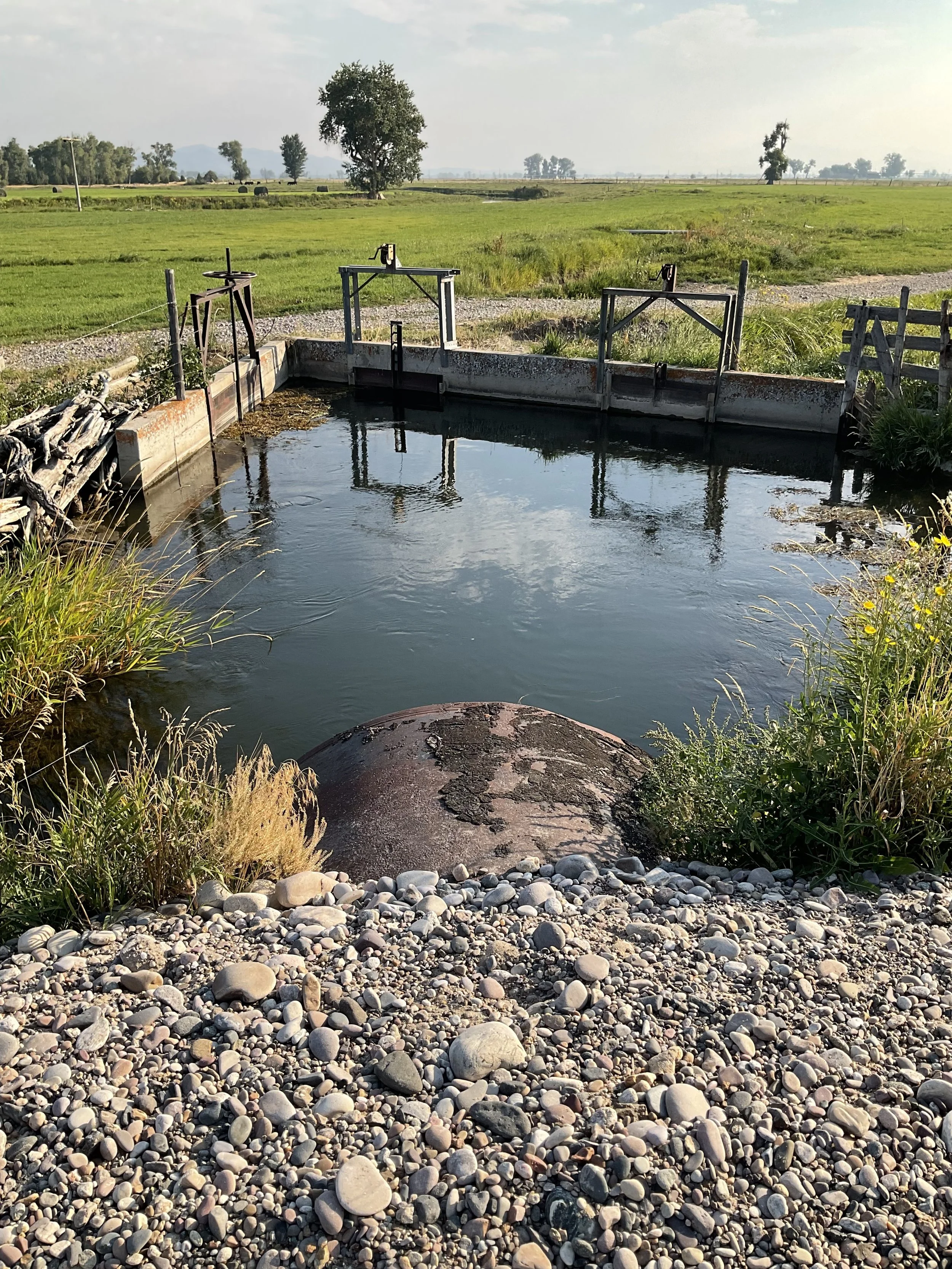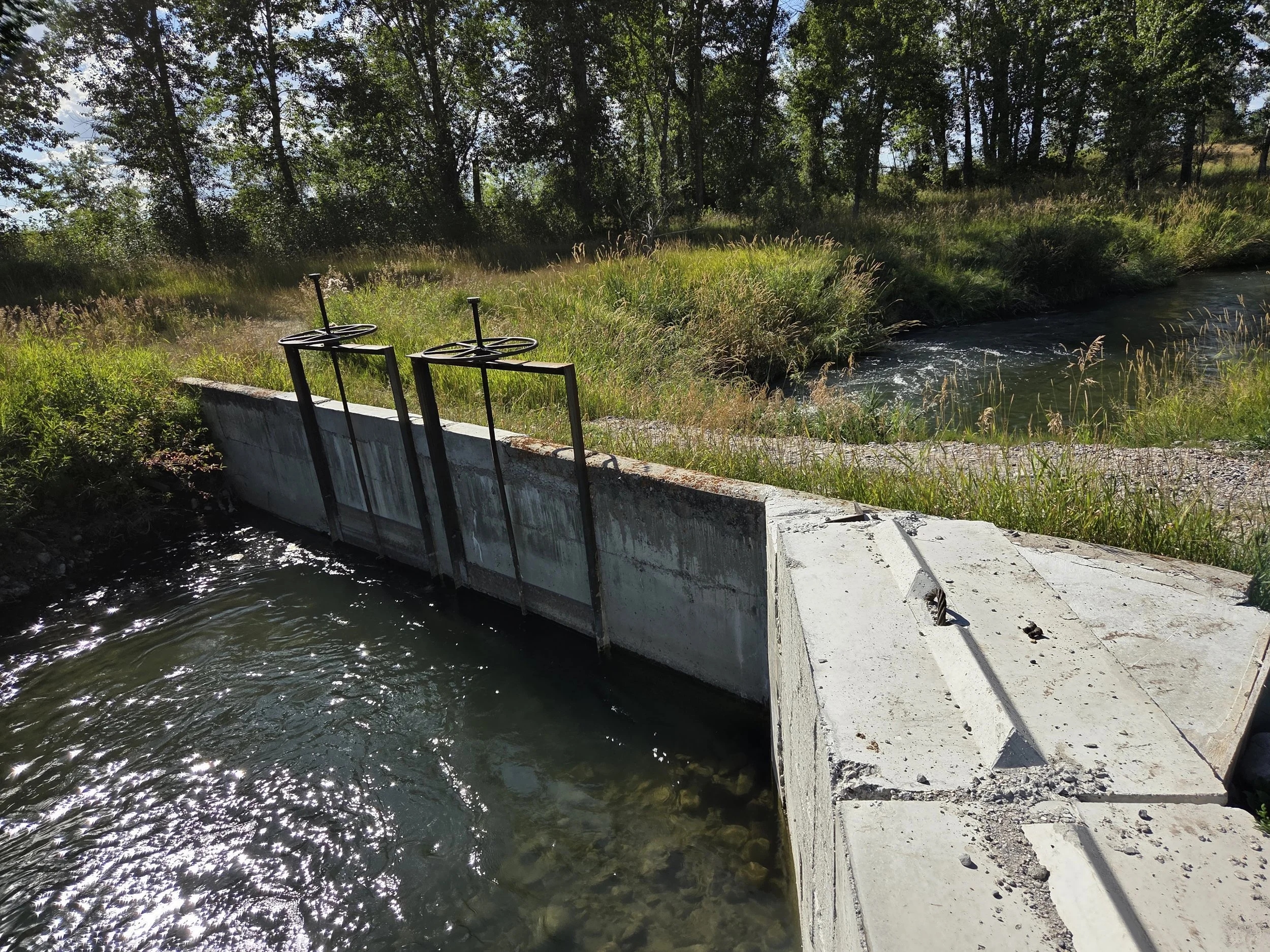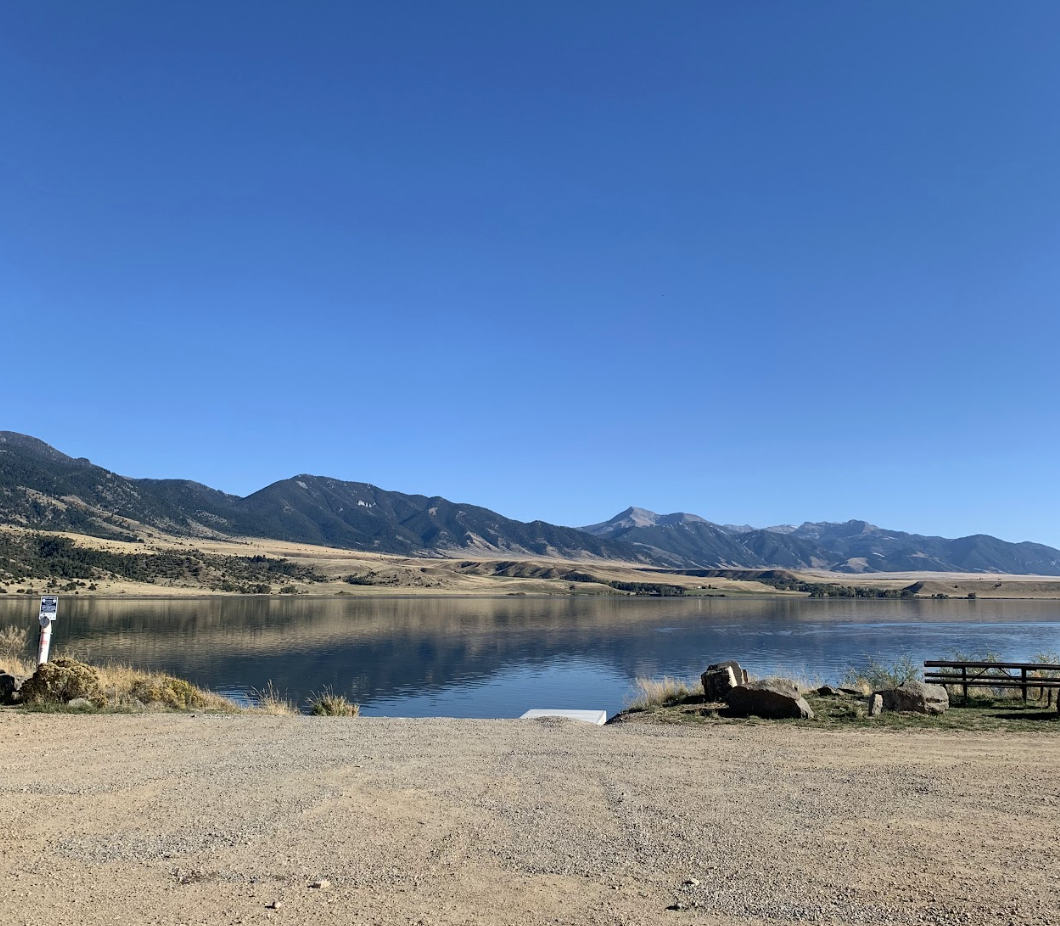
310 PERMIT
The most common permit for private landowners and contractors
Examples of projects requiring a 310 (Permit) - Apply for Joint Application
-

Bridges and Culverts:
Installation, removal, or repair of bridges and culverts that cross or are in a perennial stream.
-

Bank Stabilization:
Projects aimed at protecting or stabilizing streambanks, such as using riprap or other methods.
-

Fences and Decks:
Construction of fences, decks, and other structures near or in a stream.
-

Agricultural Projects:
Modifications to irrigation diversions, headgates, and ditches.
-

Recreational Structures:
Building boat ramps and docks.
-

Dams and Ponds:
Creating or modifying dams and ponds.
-

Channel and Bank Alterations:
Dredging, channel changes, and other activities that physically modify the stream's course or bed.
-

Other Projects:
This can include sandbagging, utility installation and maintenance, and removal of debris.
The 310 Permit is required for any work in or near a perennial stream on private or public land in Montana.
It ensures that your project protects streambanks, water quality, and fish and wildlife habitat.
-
THE MOST COMMON PERMIT FOR PRIVATE LANDOWNERS AND CONTRACTORS
-
Anyone planning work that physically alters or modifies the bed or banks of a perennial stream (a stream that flows year-round).
-
310 Permit (Natural Streambed and Land Preservation Act)
PURPOSE: To minimize erosion, reduce sedimentation, and protect the natural form and function of Montana’s perennial streams. -
Local Conservation District (CD) where the project occurs
-
You can apply online using Gilly, or submit three hard copies of the completed application, maps, and any supporting documents to your local Conservation District.
To find your local CD:
Montana Association of Conservation Districts: (406) 443-5711
DNRC Conservation Districts Bureau: (406) 444-6667
make this a link to CD
-
Usually 30–90 days, depending on the district’s meeting and inspection schedule.
-
None
What is the 310 Law?
The Natural Streambed and Land Preservation Act, commonly known as the 310 Law, was passed by the Montana Legislature in 1975. Its purpose is to protect and preserve Montana’s natural streams and the land surrounding them by requiring a formal review of certain types of construction or activity in or near perennial streams, rivers or wetlands.
Under this law, anyone planning work that may physically alter or modify the bed or banks of a natural stream must submit a 310 application to their local Conservation District before starting the project.
The process is often referred to as the 310 Permit, but it is technically a required review and approval process—not a traditional permit. Conservation District boards work with landowners to ensure proposed projects meet legal and environmental standards while supporting responsible land use.
Why the Joint Application Was Created
Montana’s Joint Application Form was developed to simplify the permitting process for stream-related projects that may require review by more than one agency. Rather than submitting separate forms to different state or federal offices, landowners can use a single application that satisfies the initial requirements of multiple regulatory partners.
This approach saves time, reduces confusion, and improves coordination between:
Conservation Districts (310 Law)
Montana Fish, Wildlife & Parks (SPA 124)
U.S. Army Corps of Engineers (404 Permit)
Montana Department of Environmental Quality (401 Certification)
County Floodplain Administrators
Montana DNRC (Navigable Water Use Licenses)
By starting with the 310 Joint Application, landowners create a clear path forward and receive guidance early in the process, avoiding delays or violations later on.
